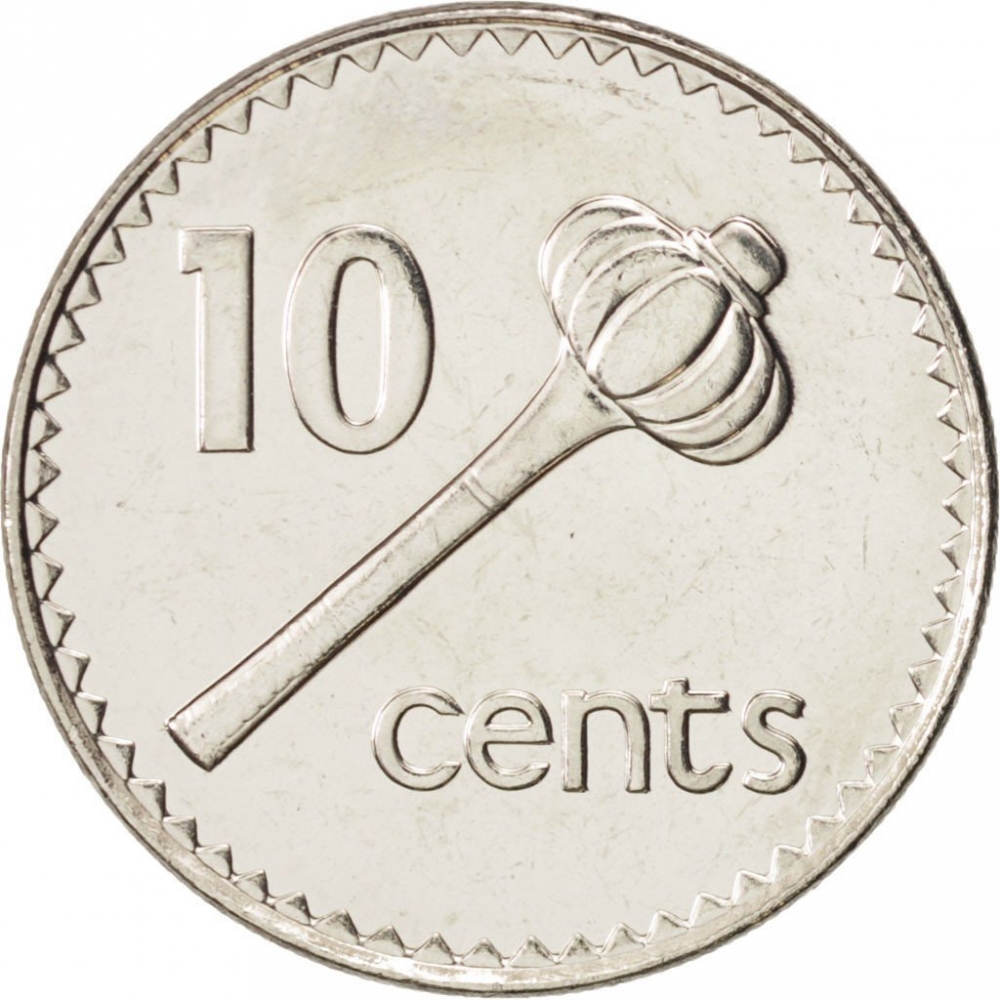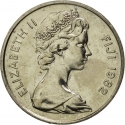You are about to finish your registration. Please check your mailbox (including spam folder). There should be a letter with a confirmation link. Check setting to make sure that your e-mail address is correct.
Send letter againDescription
Fiji, officially the Republic of Fiji, is an island country in Melanesia in the South Pacific Ocean about 1,100 nautical miles (2,000 km; 1,300 mi) northeast of New Zealand's North Island. Fiji is an archipelago of more than 330 islands, of which 110 are permanently inhabited, and more than 500 islets, amounting to a total land area of about 18,300 square kilometres (7,100 sq mi). The two major islands, Viti Levu and Vanua Levu, account for 87% of the total population of 898,760. The capital, Suva on Viti Levu, serves as Fiji's principal cruise port.
Fiji has been inhabited since the second millennium BC, and was settled first by Austronesians and later by Melanesians, with some Polynesian influences. Europeans visited Fiji from the 17th century, and, after a brief period as an independent kingdom, the British established the Colony of Fiji in 1874. Fiji was a Crown colony until 1970, when it gained independence as a Commonwealth realm. A republic was declared in 1987, following a series of coups d'état.
Obverse

|
Third crowned portrait of HM Queen Elizabeth II facing right, wearing the George IV State Diadem. ELIZABETH II FIJI 1999 |
|---|---|
Reverse

|
Fijian throwing club 'I ulã tavatava' divides value. 10 |
| Edge |
10 Cents
3rd portrait
KM# 52a
Characteristics
| Material | Nickel Bonded Steel |
| Weight | 4.76 g |
| Diameter | 23.6 mm |
| Thickness | - |
| Shape |
|
| Alignment | Medal |
| Mint |
Royal Canadian Mint (RCM)
|



